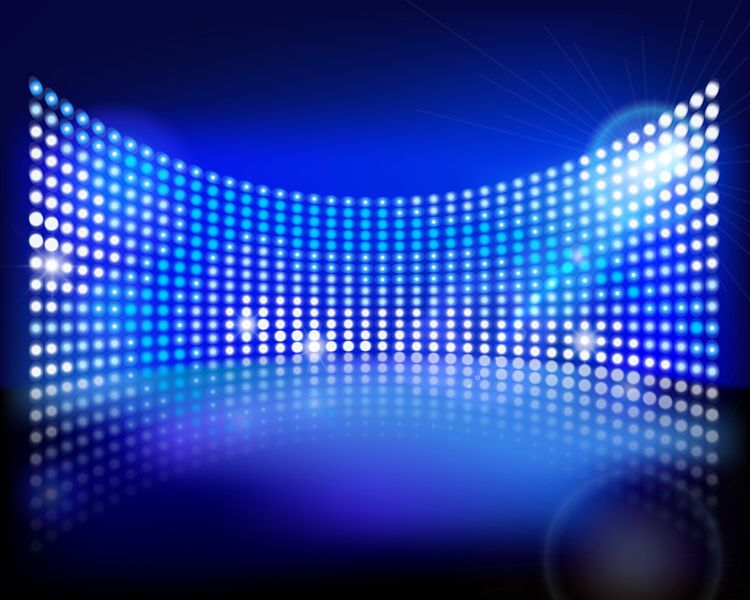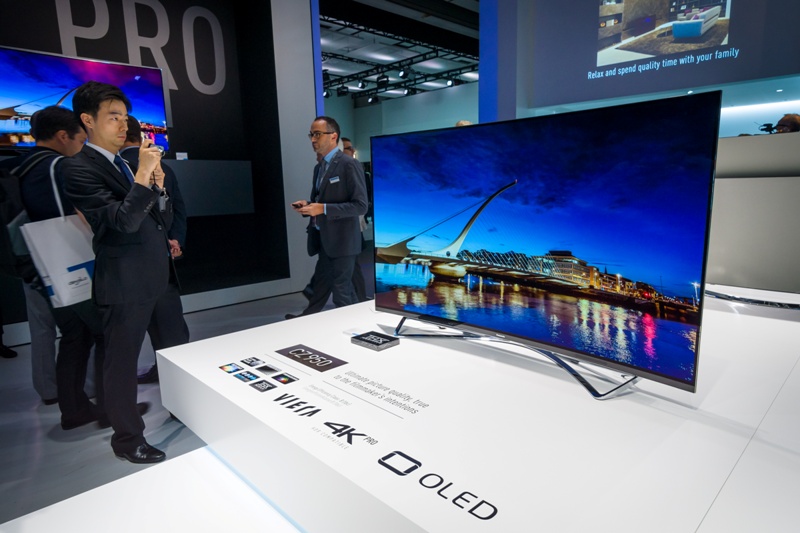The Future of OLED Technology
What is OLED technology?

OLED (Organic Light Emitting Diodes) as the name suggests, uses carbon based or organic components for emitting light when the current is applied. Unlike LCD, OLED does not need filters and a backlight, which makes the technology much more efficient, and thinner devices are easier to make. OLED can produce excellent picture quality because of fast response rate, brilliant colors, and a wider viewing angle. Apart from viewing devices, OLED technology can also be used in lighting, as it is possible to make efficient thin lights without using any harmful metals in the manufacturing process.
Structure and Components of OLEDM
The structure of OLED, basically consists of a cathode layer (for injecting electrons), the anode layer (for removing electrons), the emissive layer (for transporting electrons from the cathode), organic layers, and the substrate that provides support. With the advancement of this technology, more layers have been introduced to improve efficiency but the basic structure will be the same.
Making of an OLED Panel

The making of an OLED panel involves several steps:
- Preparing and cleaning the substrate
- Making the driving and switching circuitry, which is the backplane
- Patterning and depositing organic layers
- Encapsulating the different layers to prevent damage from moisture, oxygen, and dust
There are different techniques for depositing and patterning the organic layers, and currently vacuum evaporation is used for depositing and Shadow Mask technique is used for patterning. Even though this is a simple method, it is quite inefficient and scaling to larger substrates becomes very difficult. Compared to that, inkjet printing and laser annealing are much more efficient deposition techniques and are scalable.
OLED Types
There are four types of OLED
- Foldable: In this type of OLEDs, the substrate is flexible and made of plastics or metallic foils, making them durable and lightweight. This type is mainly used in PDAs and cell phones since it reduces the chance of breakage. Other applications include “smart” clothing, where the OLED display can be attached to the fabric, which can have integrated computer chip, GPS receiver, and cell phone sewn into the clothing.
- Transparent: In this type the anode, cathode, and substrate layers are transparent, which will make the display about 85% as transparent as the substrate. When such a display is turned on, the light can pass in both directions, making it ideal for use in heads-up displays.
- White: These OLEDs emit bright and uniform white light, and the working is much more energy efficient compared to the working of a fluorescent lights.
- Top Emitting: In this type, the substrate is either reflective or opaque, and is ideal for use in smart card displays.
Another curved-screen OLED prototype from Samsung
Current and Future Use of OLED
Currently OLED technology is mainly used for making small displays that measure two to five inches, on mobile devices like cameras, phones, and players. OLED displays provide better power efficiency and brighter pictures; hence, they are ideal for gadgets powered by batteries.
Secondly, compared to LCD, OLED displays are quite costly, and hence they are still limited to use in smaller devices. Even though it is possible to manufacture larger OLED displays, the process is costly and difficult. In the TV segment, only Sony and LG have produced certain models with OLED displays, but mass production at competitive prices has still not happened. On the other hand, OLED technology is widely being used in the lighting industry, with Phillips, Lumiotec, and Osram, manufacturing OLED panels as premium light fixtures.
In the near future, we can expect many devices and applications of flexible and transparent OLEDs such as:
- TV screens that can be rolled up
- Curved displays
- Transparent displays embedded in windows
- Displays that can be worn



